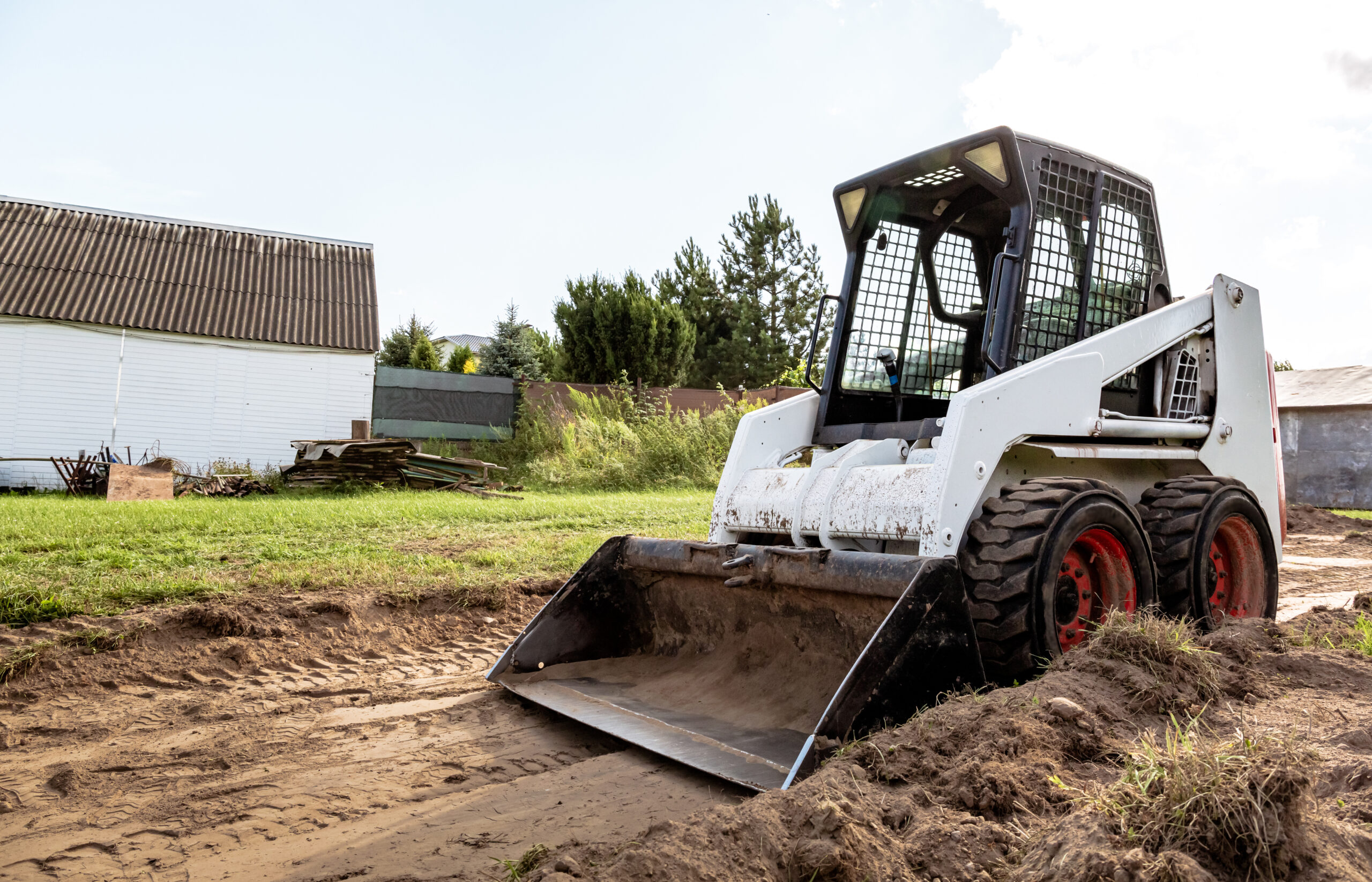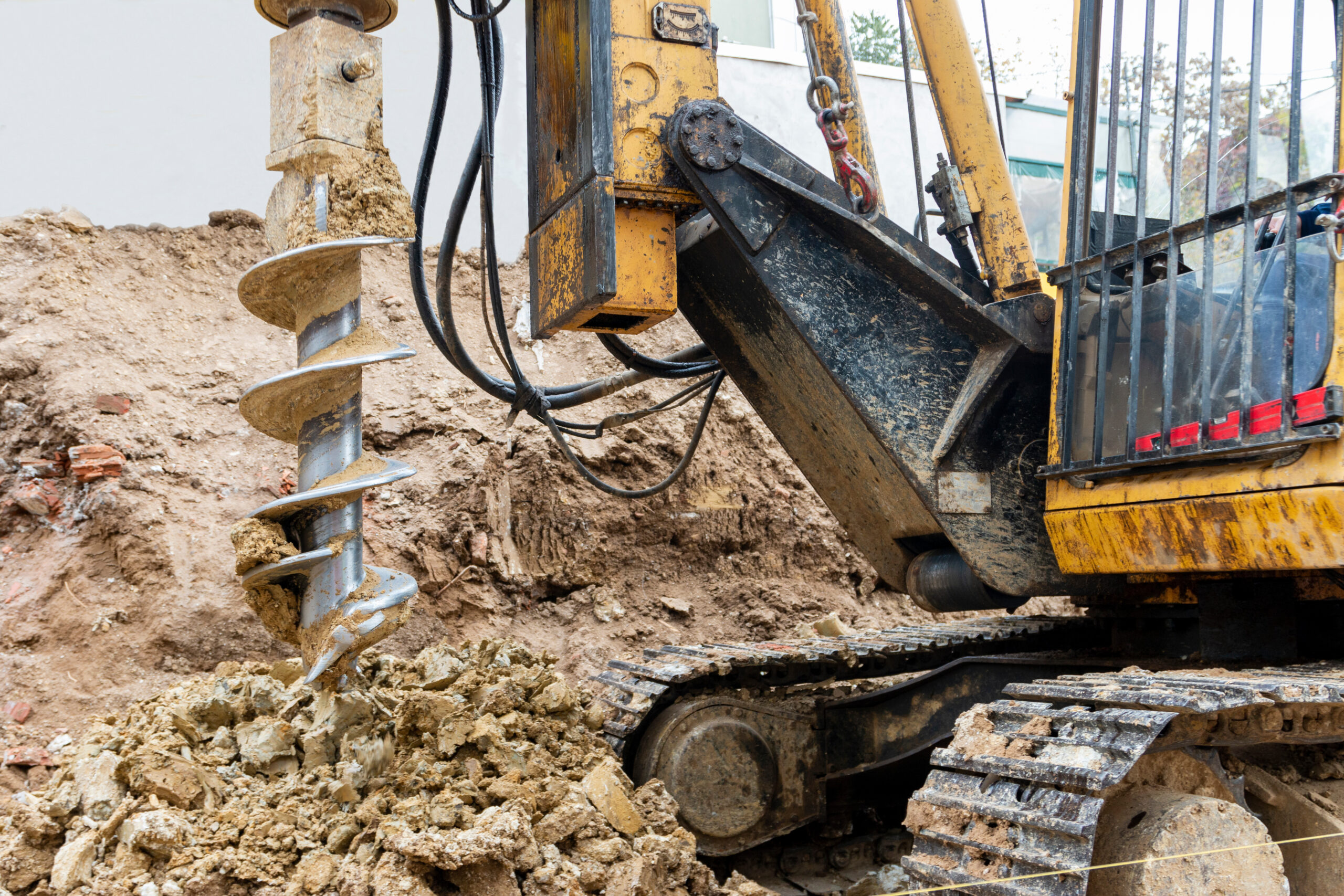Buying a skid steer is a big investment. Whether you’re a contractor, a farmer, or running a small excavation business, the right skid steer can make or break your workflow. And who wants to spend tens of thousands of dollars only to end up with a machine that doesn’t fit the job or breaks down sooner than expected?
With that in mind, this article covers the key things you need to consider when buying a skid steer—new or used—so you can confidently start that next job.
New vs. Used Skid Steers: Which One Is Right for You?
The first decision you’ll need to make is whether to buy new or used. Here’s a high-level breakdown of key considerations:
Why Buy New?
No Wear and Tear: This seems obvious, but everything is in mint condition because you’re the first owner.
Warranty and Support: Manufacturer-backed warranties and dealer support can save you from headaches down the line.
Latest Tech: If you need advanced hydraulics, telematics, or emissions compliance, new machines are more likely to have it.
The downside? Cost. Depending on size, brand, and features, a new skid steer can set you back anywhere from $25,000 to $80,000+.
Why Buy Used?
Lower Cost: A well-maintained used skid steer can cost 30-50% less than a new one.
Slower Depreciation: New machines lose value quickly—used ones hold their price better.
Proven Durability: A used machine with solid maintenance records has already proven itself in the field.
That said, buying used comes with risks:
- Unknown usage history. There’s no way to be completely certain of how the previous owner treated and maintained their vehicle.
- Outdated tech. You could run into trouble finding replacement parts or compatible attachments with older models.
- Shorter lifespan and more maintenance. You could find yourself looking for a replacement sooner or spending more on repairs than you hoped.
How to Inspect a Used Skid Steer Before Buying
If you’re looking at a used machine, don’t just trust the seller’s word—inspect it yourself. Here are the key areas to check:
1. Engine and Hydraulics
Start the machine and listen for knocking, rattling, or excessive smoke.
Check hydraulic lines for leakage—even small leaks on day one might mean big repairs tomorrow.
Look at the oil condition— thick, dirty, or “milky” can be signs of internal issues.
2. Tires, Tracks, and Undercarriage
Tires should have even wear—uneven wear could mean alignment or suspension issues.
Tracks? Check for deep cuts or missing rubber—track replacements aren’t cheap.
If it’s a wheeled model, inspect the axle seals, wheel bearings, and steering linkages.
3. Bucket, Loader Arms, and Attachments
Look for excessive play in the bucket pins—too much movement means potentially excessive wear.
Inspect the welds on the loader arms—repairs in these areas could mean past abuse.
4. Operator Cabin and Controls
Check safety features like seatbelts, safety bars, and rollover protection.
Test the controls, joysticks, and switches—they should be responsive and smooth.
5. Hours and Service Records
A skid steer’s lifespan is around 5,000 to 7,000 hours. If you’re purchasing a used machine, buying one with less than 3,500 hours of wear and tear is ideal.
It’s also a good idea to ask for maintenance logs—good records mean the machine was cared for.
Be skeptical if the seller hesitates to show records or if you see fresh paint covering rust or welds.
Choosing the Right Skid Steer for Your Work
A skid steer isn’t a one-size-fits-all machine. Here are some aspects you need to consider before buying one:
1. Size and Power
Small Frame: (1,750 lbs, under 50 HP) – Best for tight spaces and light jobs.
Medium Frame: (1,750–2,200 lbs, 50-70 HP) – Versatile for most work.
Large Frame: (2,200+ lbs, 70+ HP) – Heavy lifting, grading, and high-output tasks.
2. Lift Type: Radial vs. Vertical
Radial Lift: Better for digging, trenching, and ground-level work.
Vertical Lift: Better for loading trucks and material handling.
3. Attachments and Hydraulics
What will you use it for? Buckets, augers, trenchers, and stump grinders all need different hydraulic flow rates.
Standard-flow hydraulics handle most tasks, but you’ll need high-flow hydraulics for heavy-duty attachments.
4. Wheels vs. Tracks
Wheels: Better for hard surfaces, paved roads, and general construction.
Tracks: Better for mud, snow, and rough terrain.
How Much Should You Pay for a Used Skid Steer?
Prices vary based on brand, hours, and condition, but here’s a rough estimate:
- Older models (5,000+ hours): $10,000 – $25,000
- Mid-range (3,000 – 5,000 hours): $25,000 – $40,000
- Low-hour, late models (under 3,000 hours): $40,000 – $60,000
Example: The going rate for a Bobcat S130 with 7,300 hours and worn pivots is around $14,500.
Best Brands for Skid Steers
Not all skid steers are built the same. Here are some of the best brands, based on our experience and parts availability:
- Bobcat – The gold standard. Older, pre-Doosan models with Kubota engines are basically bulletproof.
- Caterpillar – Expensive, but built tough with excellent dealer support.
- John Deere – Reliable, with solid hydraulic power.
- Takeuchi – Great track loaders with a strong reputation.
- Case and New Holland – Affordable, but some models have weaker resale value.
Final Thoughts: Should You Buy That Skid Steer?
Before you pull the trigger on a purchase, ask yourself these three questions:
- Does it fit your workload? Buying too much or too little machine could cost you in the long run.
- Can you get parts and service? A rarer brand might leave you stranded when repairs are needed.
- Are you comfortable with the price? Don’t overpay—know the market and when to reasonably negotiate.
A skid steer can be one of the best tools in your fleet—but only if you choose the right one. Do your homework, inspect thoroughly, and buy from a reputable dealer to ensure you get a machine that works as hard as you do.
Need new attachments for your new skid steer? Forge has you covered! Explore our catalog of hand-picked, top-tier attachments, and drop us a line for any questions about skid steers, our products, or any job site questions.
The Forge Team


